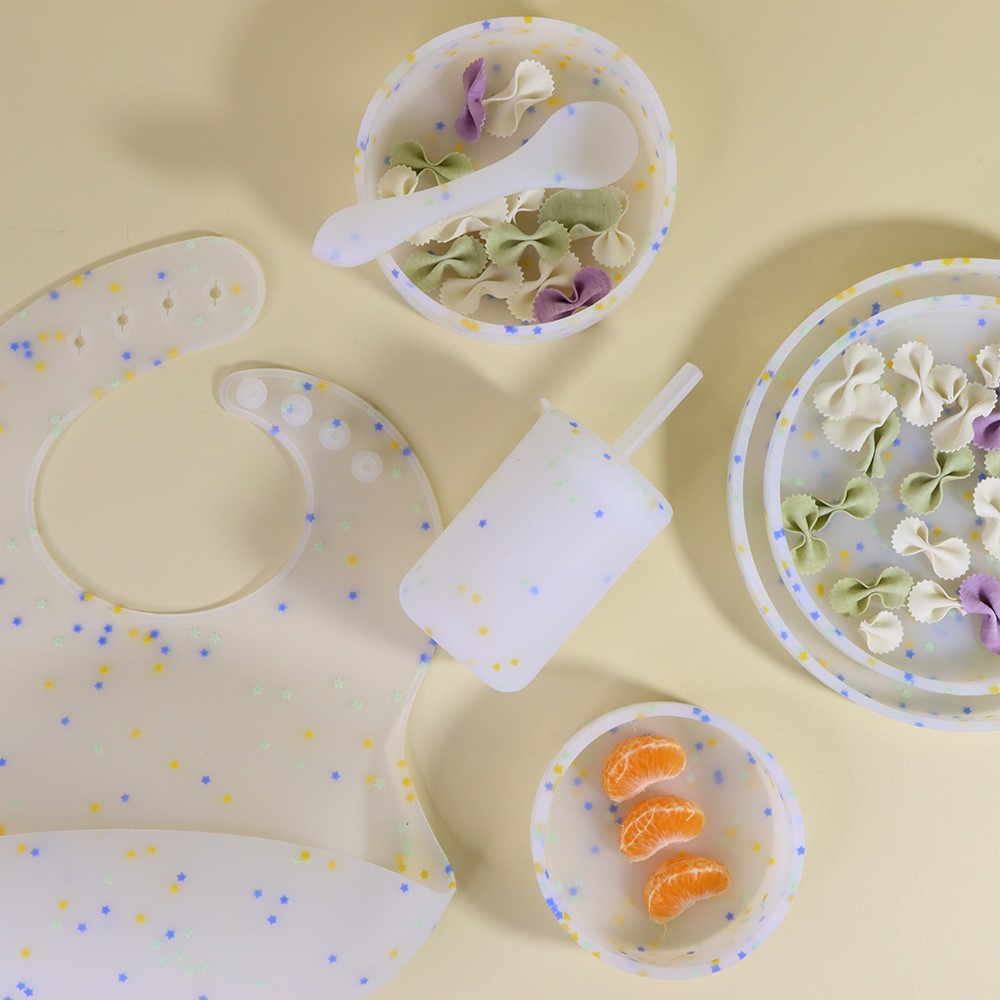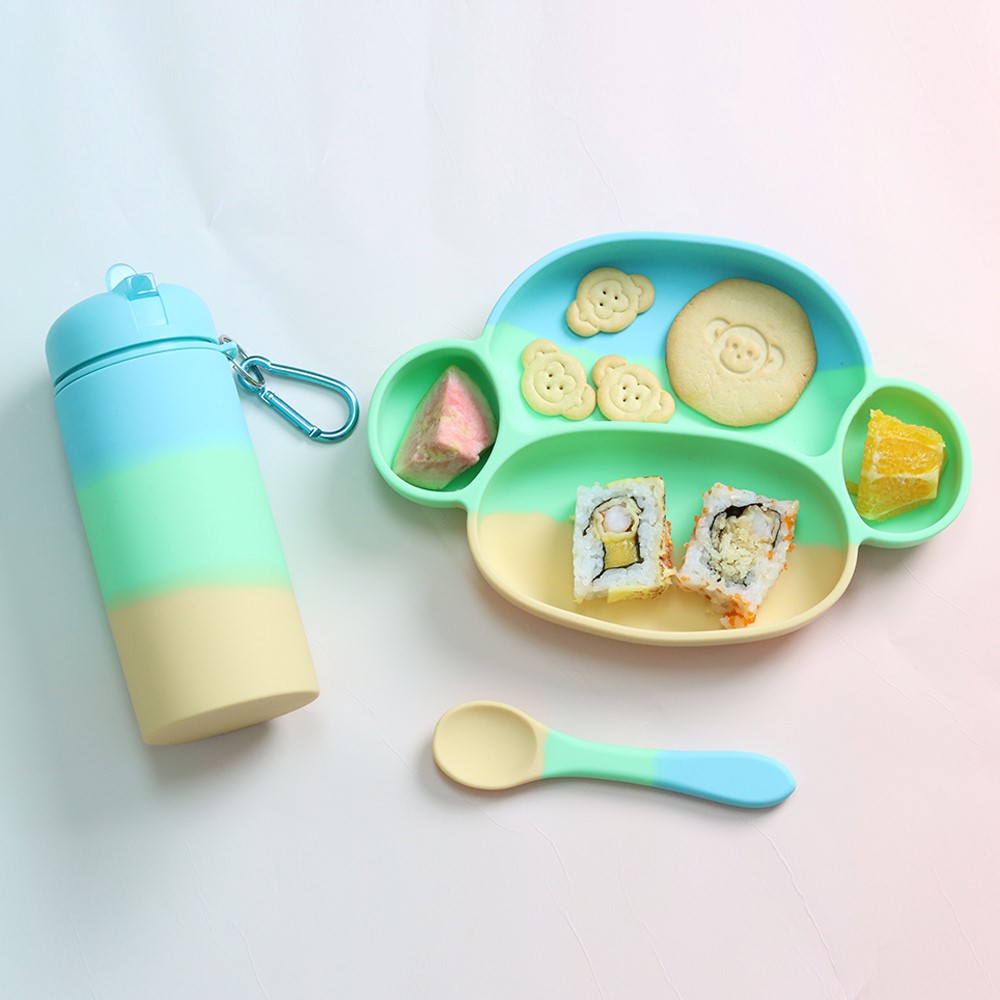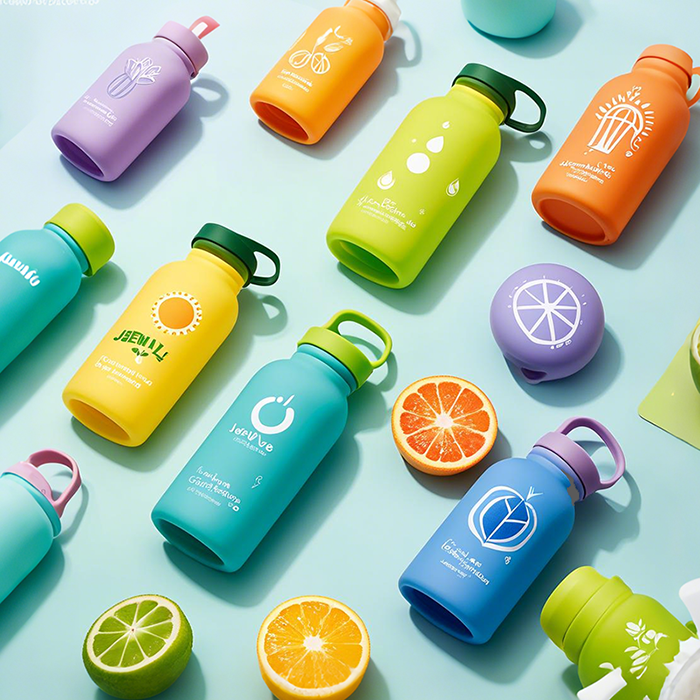콘텐츠
아이가 모유나 분유에서 고형식으로 전환하는 시기에는 올바른 도구가 필수적입니다. 이때 맞춤형 수유 키트가 큰 차이를 만들 수 있습니다. 일반적으로 아기는 생후 6개월 무렵부터 고형식에 관심을 보이기 시작합니다. 이 시기에 수유 키트를 도입하면 식사 시간이 간소화될 뿐만 아니라 아기의 발달에도 도움이 됩니다.
수유 키트 사용의 이점
1. 안전: 이 키트에 포함된 제품은 식품 등급의 실리콘, 스테인리스 스틸 또는 대나무와 같은 안전하고 무독성 소재로 만들어져 어린이의 안전을 보장합니다.
2. 자립심 키우기: 특별히 디자인된 숟가락과 포크가 들어 있어 아기가 스스로 먹는 법을 배우고 자기 관리 능력을 키우는 데 도움이 됩니다.
3. 혼란 감소: 키트에 포함된 흡입 볼과 플레이트는 표면에 달라붙어 수유 중 음식물이 튀거나 흘리는 것을 최소화합니다.
4. 청소의 용이성: 대부분의 수유 도구는 세척이 용이하도록 설계되었으며, 바쁜 부모님들의 편의를 위해 식기세척기 사용이 가능한 제품도 있습니다.
5. 교육적 가치: 다양한 수유 도구를 사용하면 아기가 잡고, 떠먹고, 씹는 등 다양한 식사 기술을 배우는 데 도움이 됩니다.
6. 다기능성: 일부 수유 키트에는 음식을 보관하고 휴대할 수 있는 용기가 포함되어 있어 이동 중에도 사용하기에 적합합니다.


아기 수유 키트 는 수유 효율을 개선할 뿐만 아니라 아기에게 즐거운 식사 경험을 제공하는 등 아이의 성장 과정에서 부모를 위한 실용적인 동반자입니다.
수유 키트 유형
아기 수유 키트는 다양한 유형이 있으며, 각 유형은 아기의 수유 과정을 여러 단계로 지원하고 부모가 수유 과정을 더 쉽게 할 수 있도록 설계되었습니다. 다음은 몇 가지 일반적인 유형의 아기 수유 키트입니다:
1. 종합 수유 세트: 이러한 키트에는 그릇, 숟가락, 접시, 컵, 턱받이 등 아기의 수유에 필요한 다양한 품목이 포함되어 있으며, 모두 아기의 수유에 적합하도록 설계되었습니다. 세척하기 쉽고 식품용 실리콘과 같이 아기에게 안전한 소재로 만들어진 제품이 대부분입니다.


2. 초보 부모를 위한 스타터 키트: 이 키트는 이유식 용기, 숟가락, 계량 스푼과 같은 필수품을 포함하여 초보 부모를 처음부터 안내하도록 설계되었습니다. 또한 영양가 있는 식사를 준비하기 위한 레시피와 가이드가 포함되어 있을 수도 있습니다.
3. 훈련용 식기 세트: 자가 수유를 배우는 아기를 위해 특별히 설계된 이 세트에는 작은 손으로 잡기 쉬운 인체공학적 손잡이가 달린 숟가락과 포크가 포함되어 있는 경우가 많습니다. 또한 실리콘과 같은 부드러운 재질로 만들어져 아기의 잇몸에 부드럽게 작용할 수 있습니다.
4. 석션 볼과 접시: 식사 시간 동안 지저분함을 최소화하기 위해 수유 키트에는 아기가 쉽게 움직이거나 뒤집지 못하도록 바닥이 표면에 달라붙어 있는 흡착식 그릇과 접시가 포함될 수 있습니다.
수유 키트 사용 팁
- 점진적으로 도입하세요: 간단한 숟가락과 그릇으로 시작하여 도시락과 같은 더 복잡한 품목으로 이동하세요.
- 면밀히 모니터링하세요: 식사 시간, 특히 새로운 수유 도구를 도입할 때는 항상 자녀를 감독하세요.
- 정기적으로 세척하세요: 위생을 유지하기 위해 매번 사용 후 키트를 세척하세요.
- 필요에 따라 조정하세요: 아기가 성장함에 따라 발달 단계에 맞는 더 크거나 더 복잡한 키트로 변경하세요.
실리콘 공장에서 만든 맞춤형 수유 키트를 선택하면 수유 과정의 각 단계에서 아기를 도와줄 다용도 도구에 투자하는 것입니다.
쥬얼리브는 특정 니즈에 맞는 맞춤형 수유 키트를 전문적으로 제작합니다. 맞춤형 디자인이나 특수 기능이 필요한 경우, 저희 팀은 고객과 긴밀히 협력하여 완벽한 키트를 제작합니다. 당사의 전문성 실리콘으로 제작되어 모든 제품이 내구성이 뛰어나고 안전하며 최고 품질을 보장합니다.


